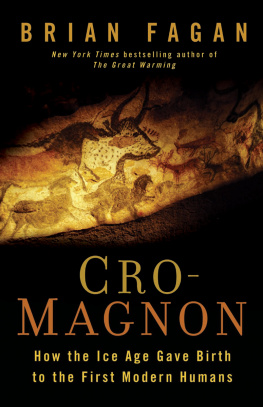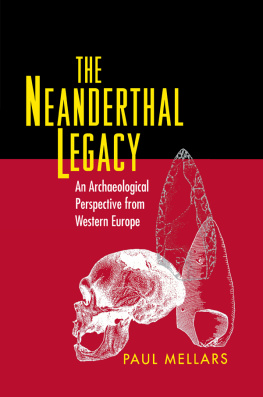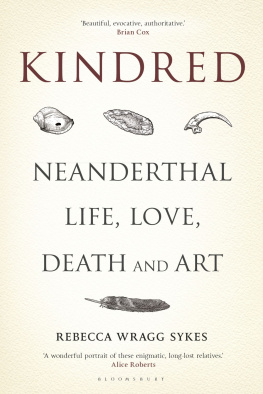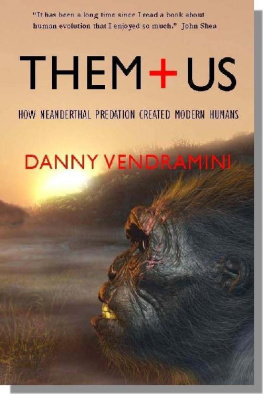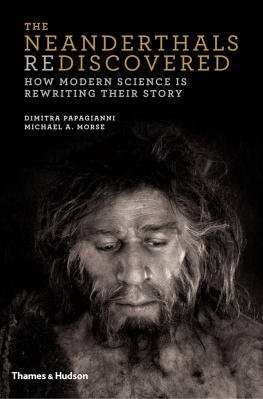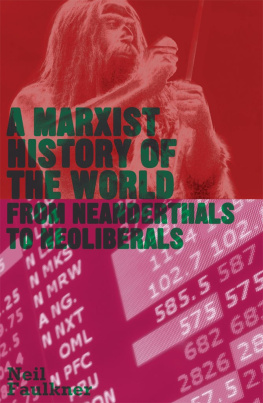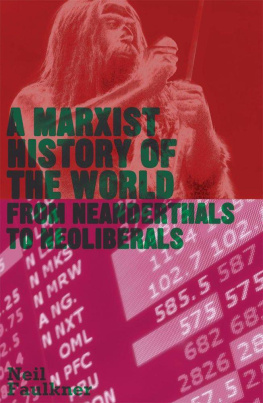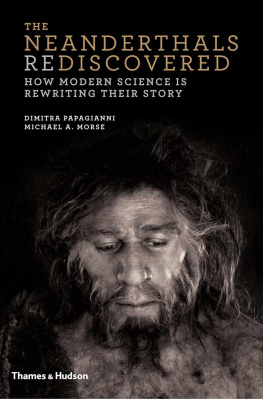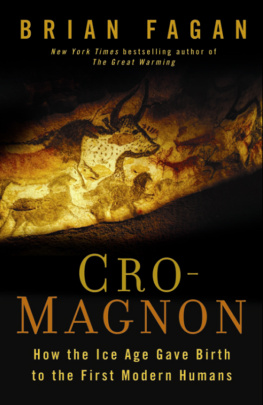
Great Clarendon Street, Oxford OX2 6DP
Oxford University Press is a department of the University of Oxford.
It furthers the Universitys objective of excellence in research, scholarship,
and education by publishing worldwide in
Oxford New York
Auckland Cape Town Dar es Salaam Hong Kong Karachi
Kuala Lumpur Madrid Melbourne Mexico City Nairobi
New Delhi Shanghai Taipei Toronto
With offices in
Argentina Austria Brazil Chile Czech Republic France Greece
Guatemala Hungary Italy Japan Poland Portugal Singapore
South Korea Switzerland Thailand Turkey Ukraine Vietnam
Oxford is a registered trade mark of Oxford University Press
in the UK and in certain other countries
Published in the United States
by Oxford University Press Inc., New York
Clive Finlayson 2009
The moral rights of the author have been asserted
Database right Oxford University Press (maker)
First published 2009
First published in paperback 2010
All rights reserved. No part of this publication may be reproduced,
stored in a retrieval system, or transmitted, in any form or by any means,
without the prior permission in writing of Oxford University Press,
or as expressly permitted by law, or under terms agreed with the appropriate
reprographics rights organization. Enquiries concerning reproduction
outside the scope of the above should be sent to the Rights Department,
Oxford University Press, at the address above
You must not circulate this book in any other binding or cover
and you must impose the same condition on any acquirer
British Library Cataloguing in Publication Data
Data available
Library of Congress Cataloging-in-Publication Data
Finlayson, Clive, 1955
The humans who went extinct: why neanderthals died out and we survived / Clive Finlayson.
p. cm.
Includes bibliographical references.
ISBN 9780199239184 (hardback)
Neanderthals. Human evolution. Social evolution. I. Title.
GN285.F54 2009
303.4dc22 2009020070
Typeset by SPI Publisher Services, Pondicherry, India
Printed in Great Britain by
Clays Ltd., St Ives plc
ISBN 9780199239184 (Hbk.)
ISBN 9780199239191 (Pbk.)
1 3 5 7 9 10 8 6 4 2
Contents
List of Illustrations
Preface
W HY did the Neanderthals go extinct? I often get asked this question when I give a public lecture. The answer most people expect is that our own kind, those referred to as Modern Humans by palaeoanthropologists and simply as Ancestors, or Homo sapiens , in this book, wiped them out; it could have been overt aggression or a more subtle competition but eliminate them we did. Behind these assertions is the perception that our people were cleverer than the others, those ape-like Neanderthals. So it is obvious that when we both met there could only have been one outcome. We are here after all and they are not.
I started to question this dogma almost a decade ago now and I have become increasingly dissatisfied with this simplistic explanation. I started by chasing the evidence and found that there was none. When I challenged the defenders of this view at conferences the best answer that I got was that in all archaeological sites that had been studied H. sapiens remains and artefacts always appeared above, and therefore later than, Neanderthal ( Homo neanderthalensis ) ones so it was clear that H. sapiens had come in and kicked H. neanderthalensis out. When I suggested that the same evidence could be interpreted to mean that H. sapiens were only able to enter these caves once the Neanderthals had gone, and by implication that the Neanderthals had actually kept them out, there was silence.
The point is that sometimes one piece of evidence can be interpreted in more than one way, in the process raising doubts about uncorroborated assertions. The staunch crusaders of the idea that H. sapiens actively replaced


